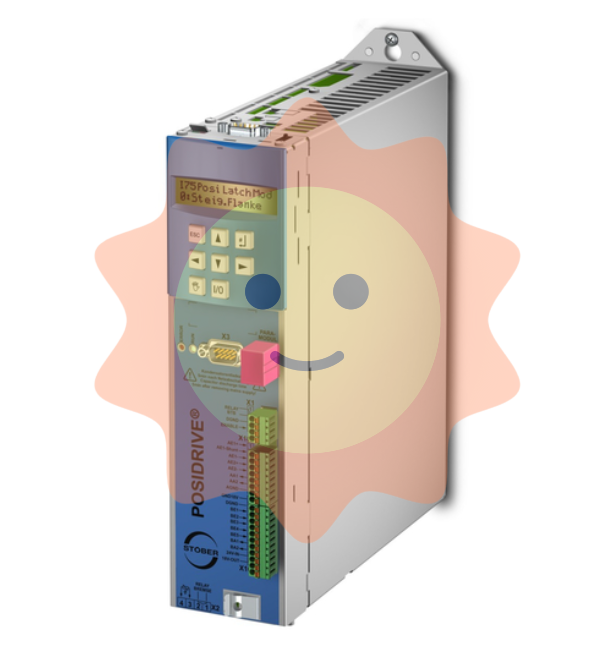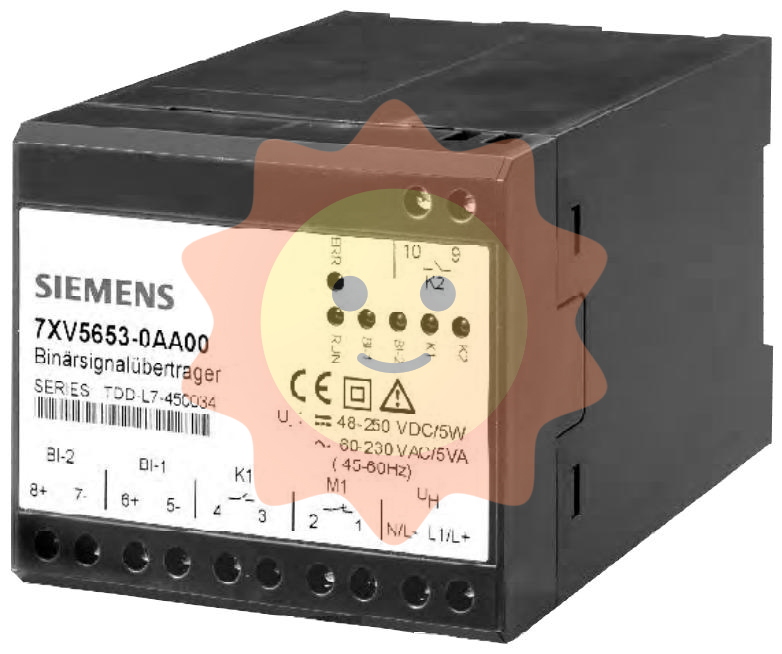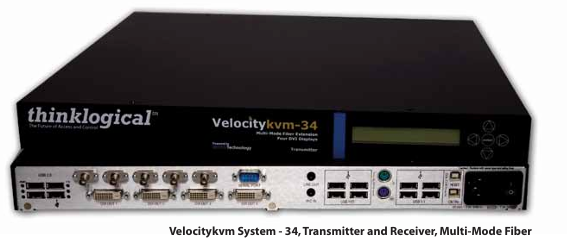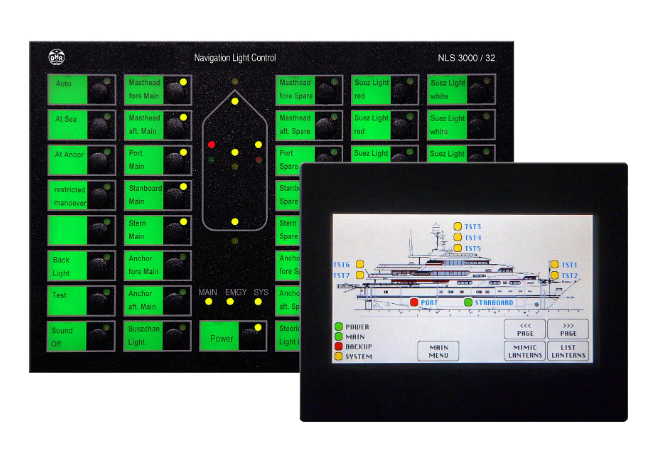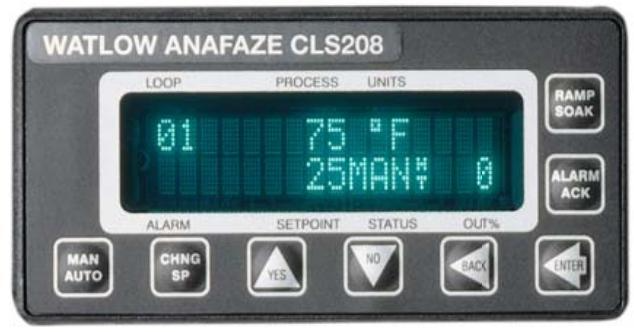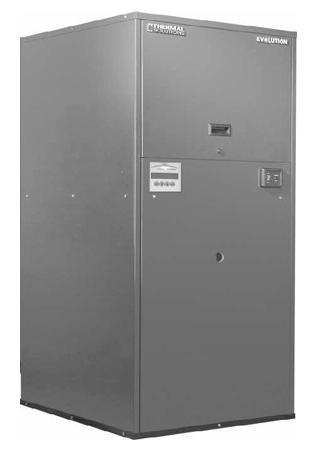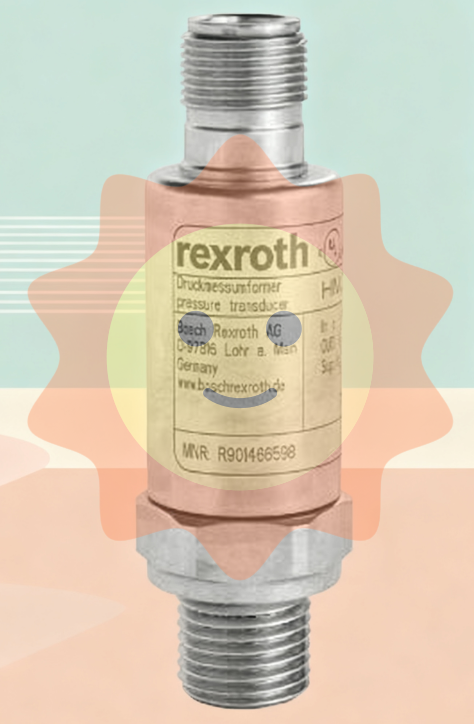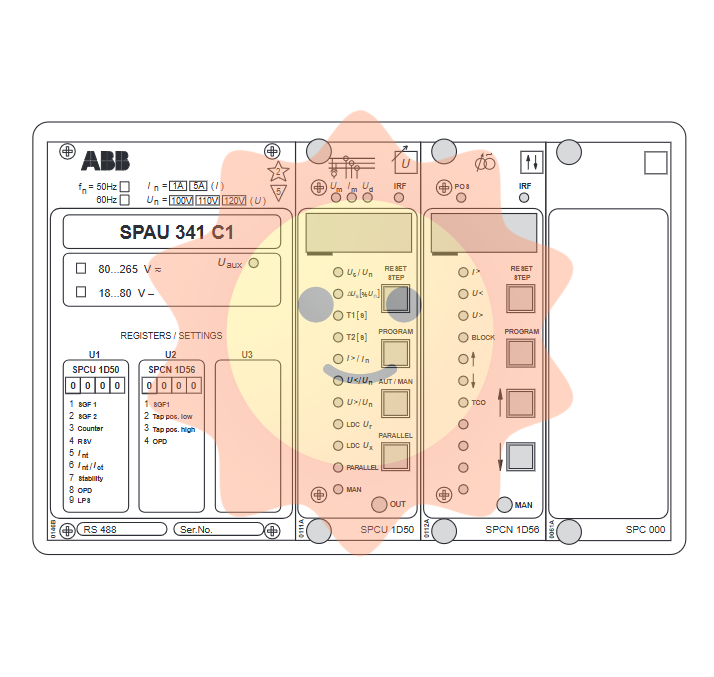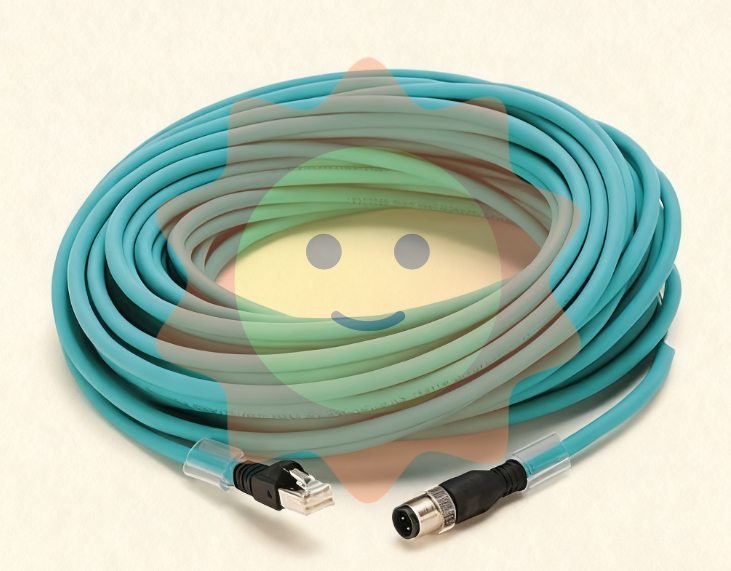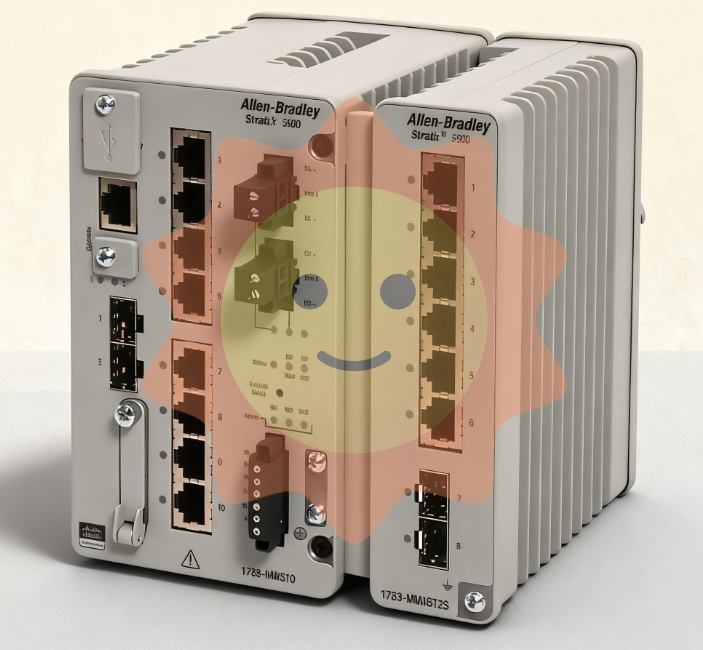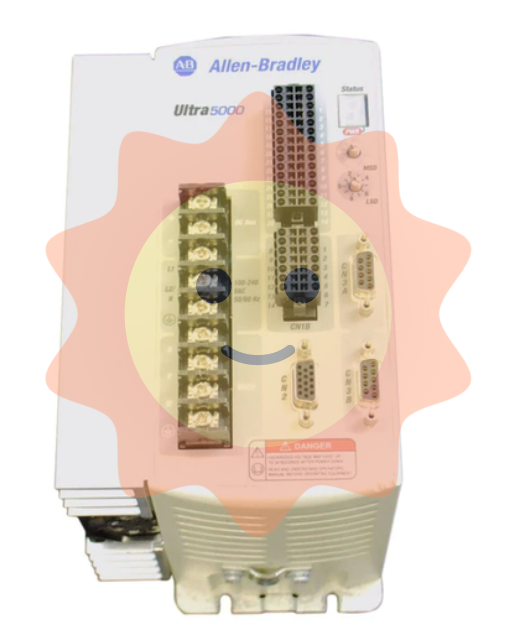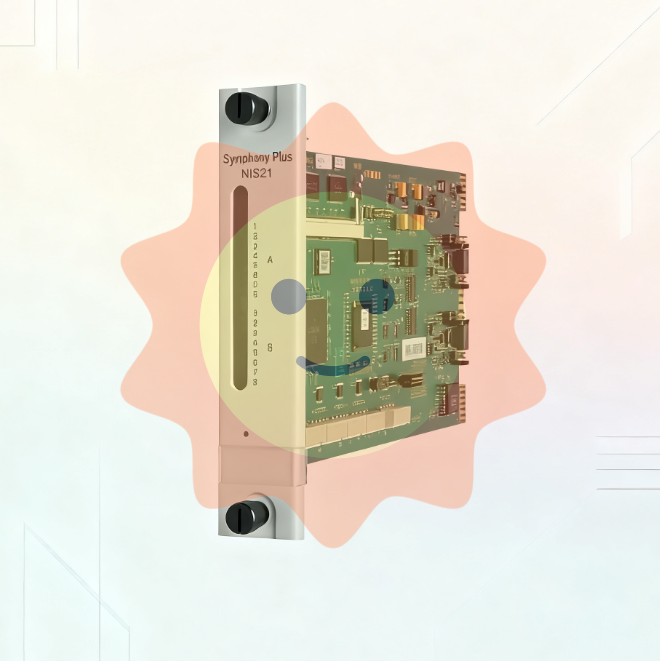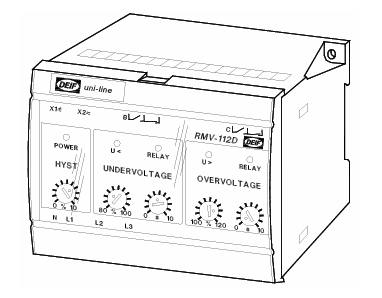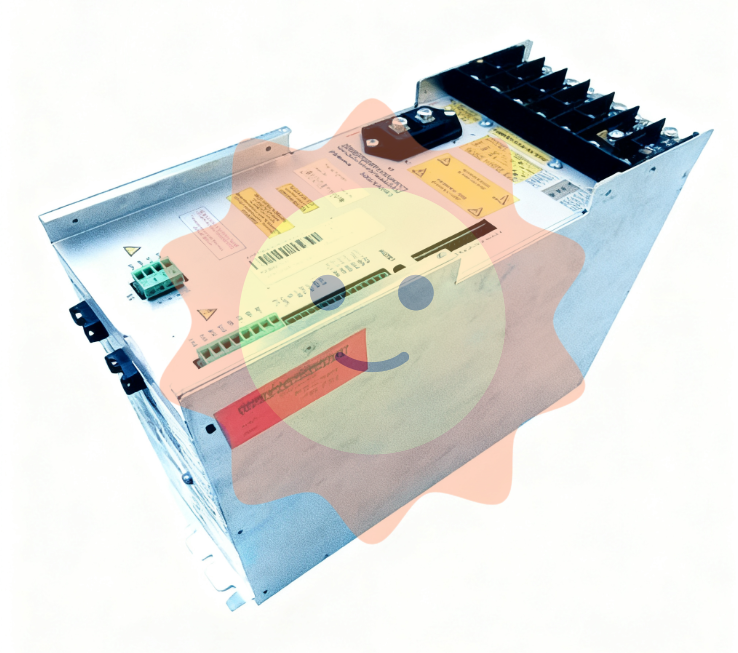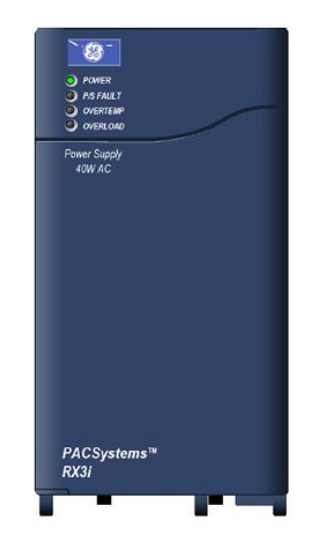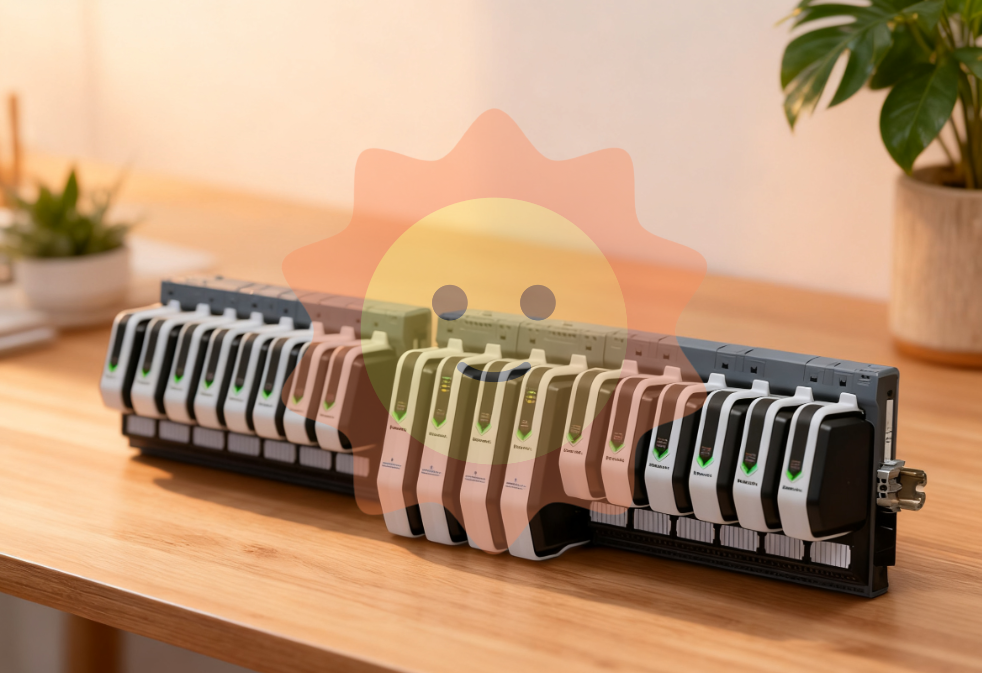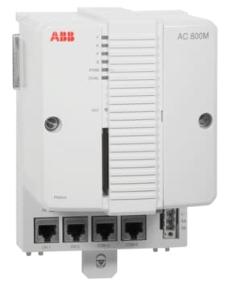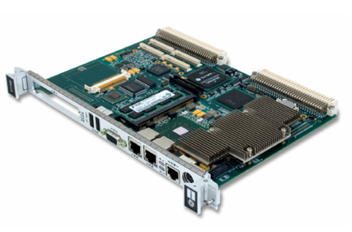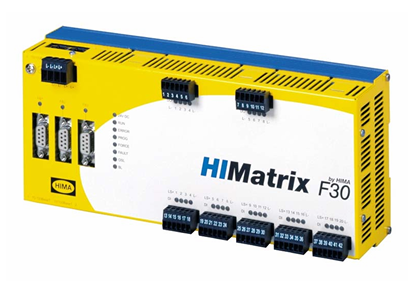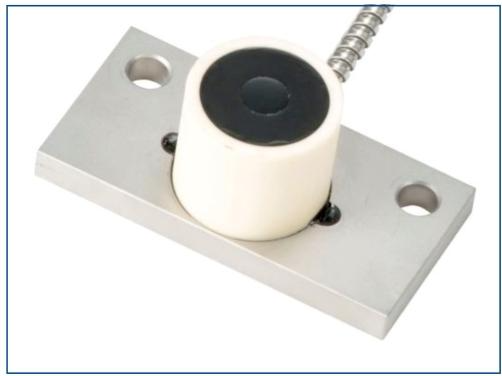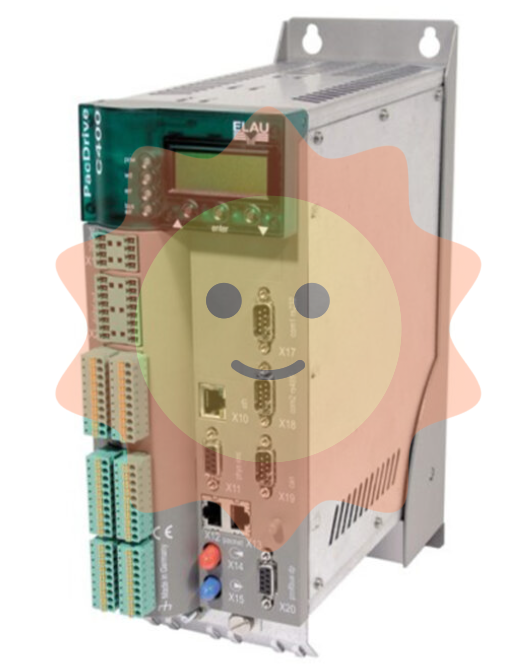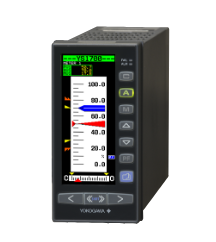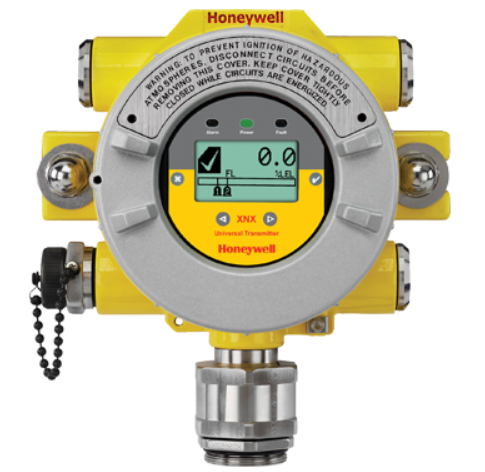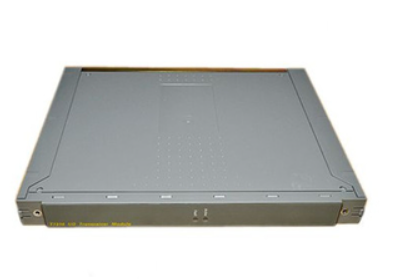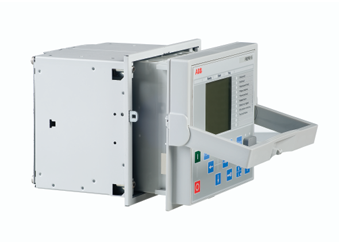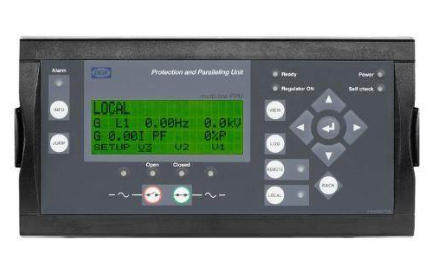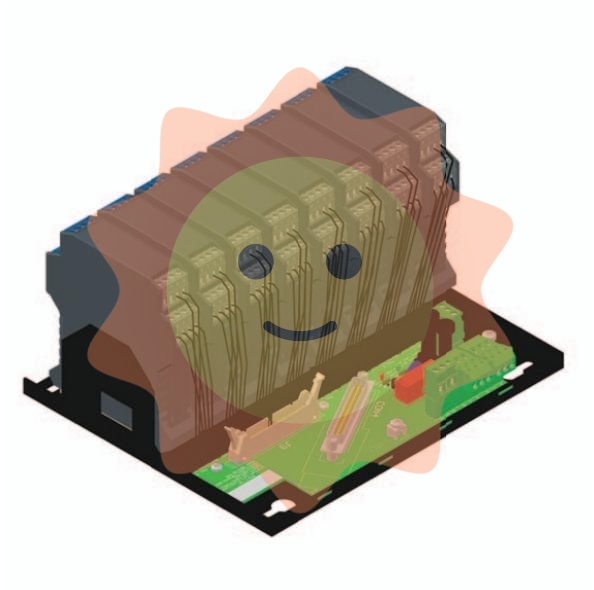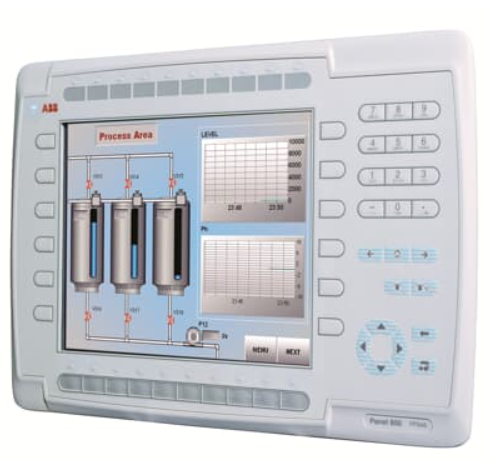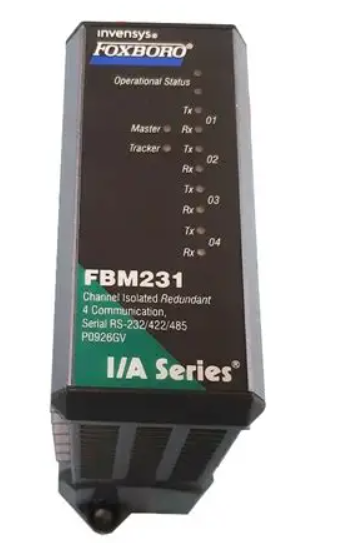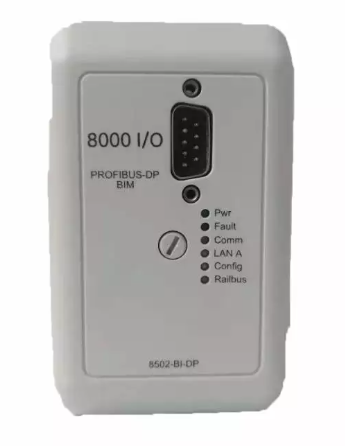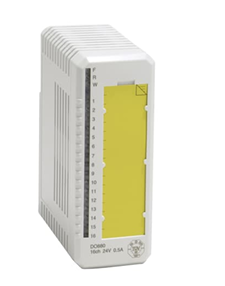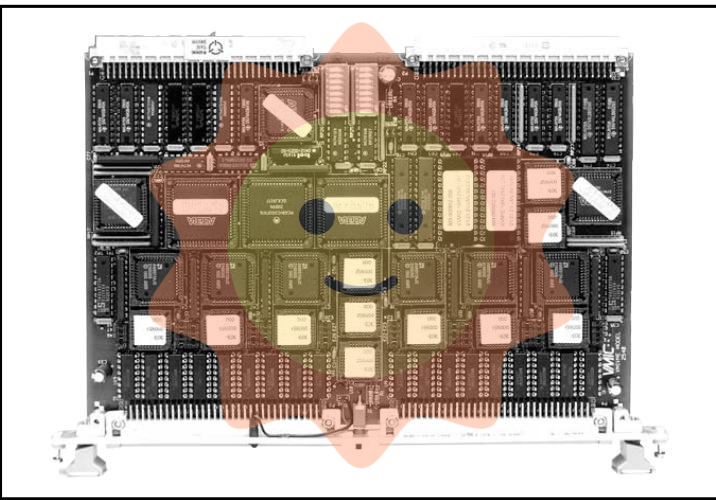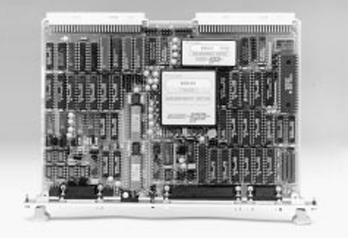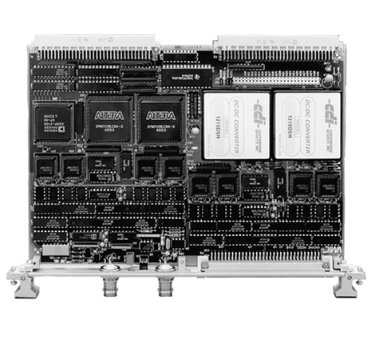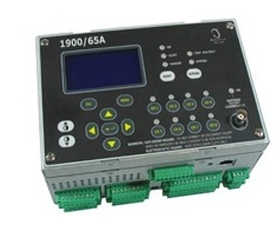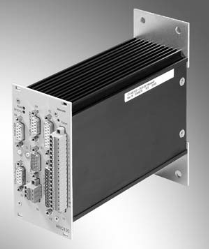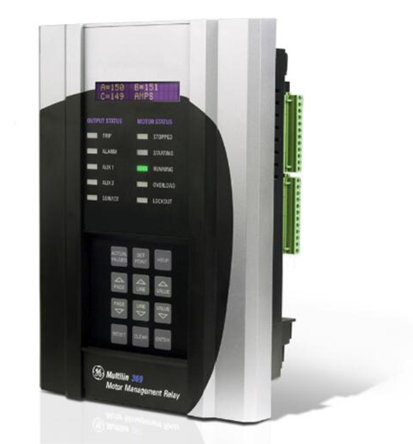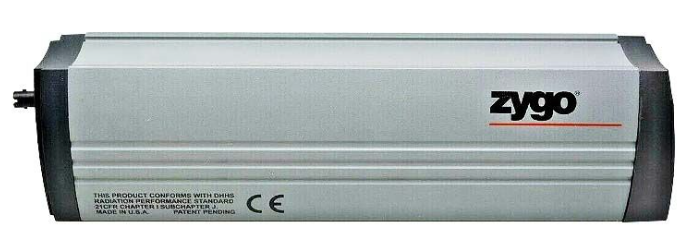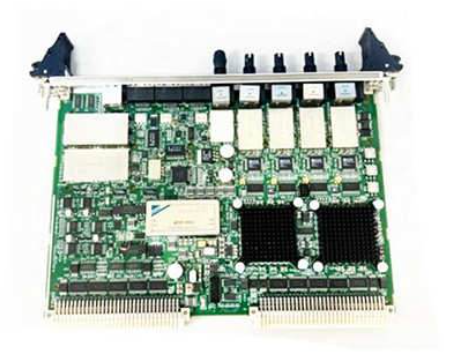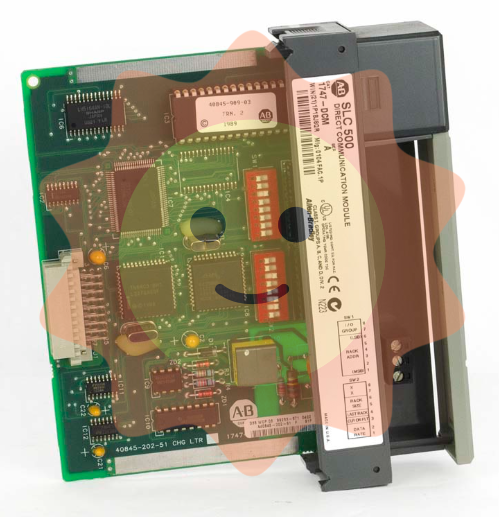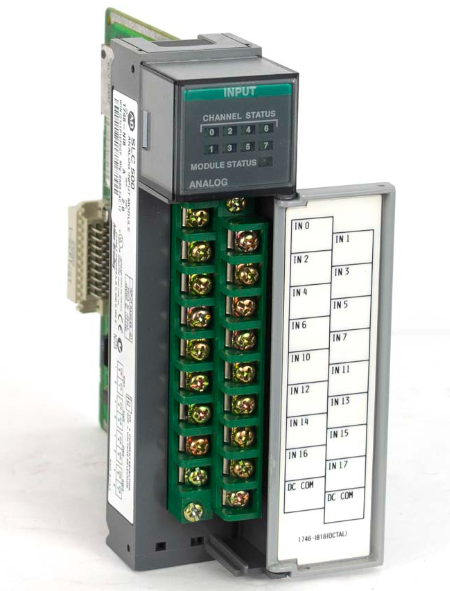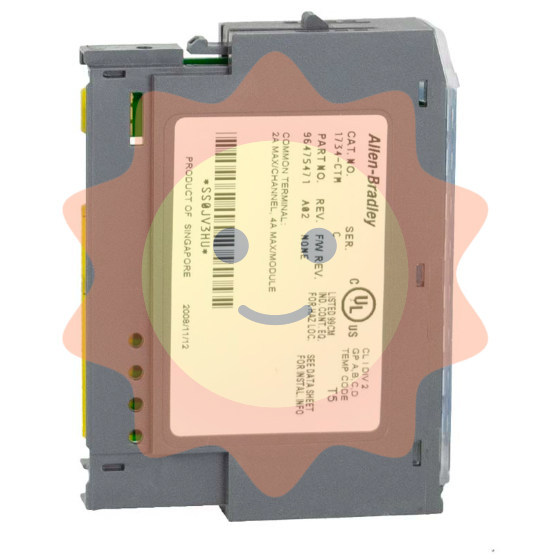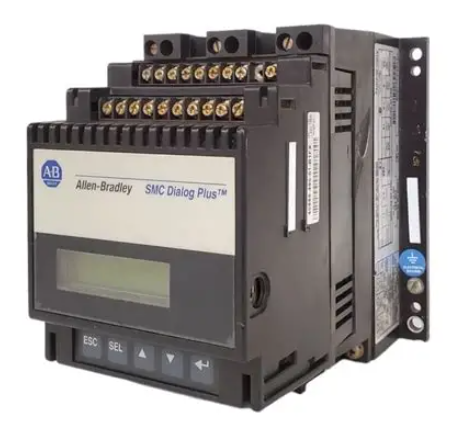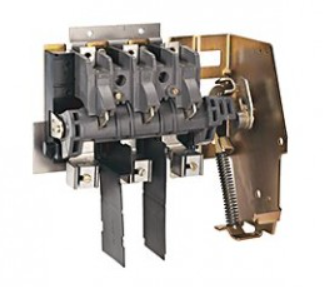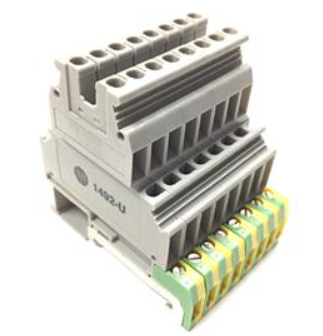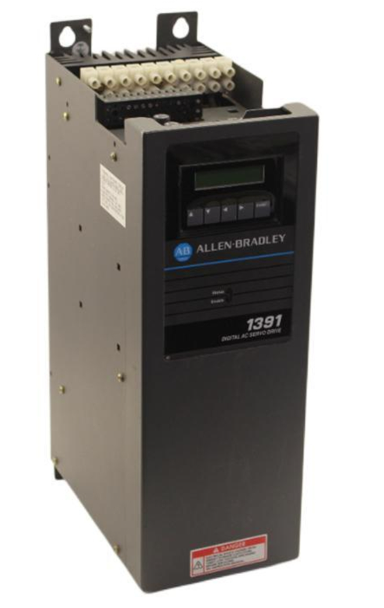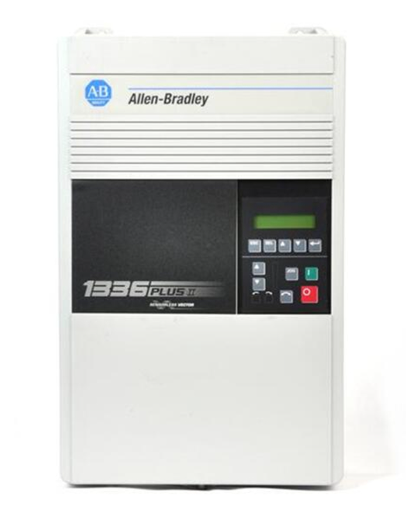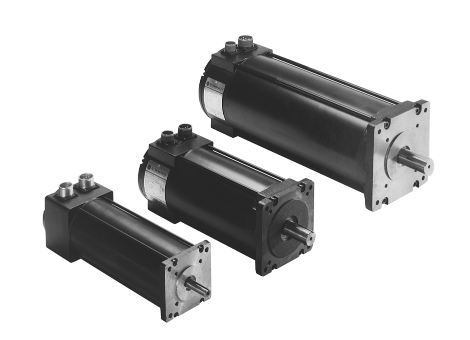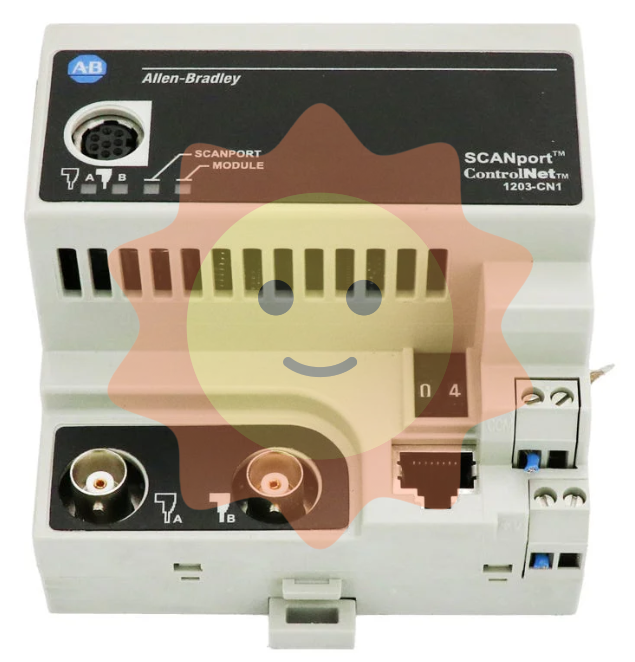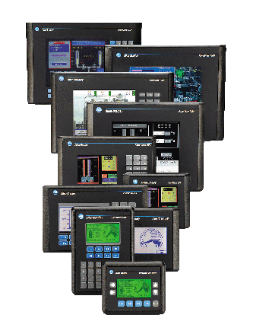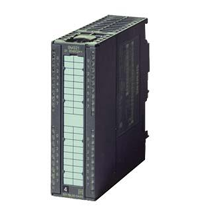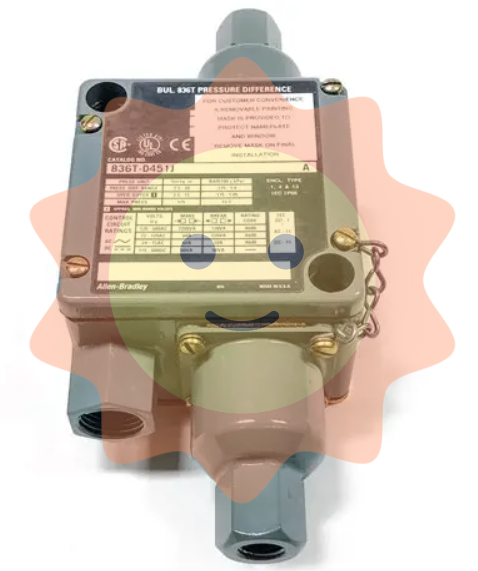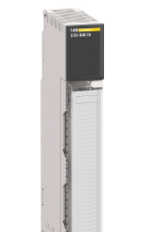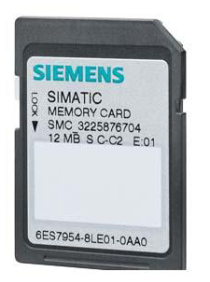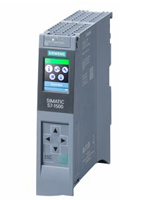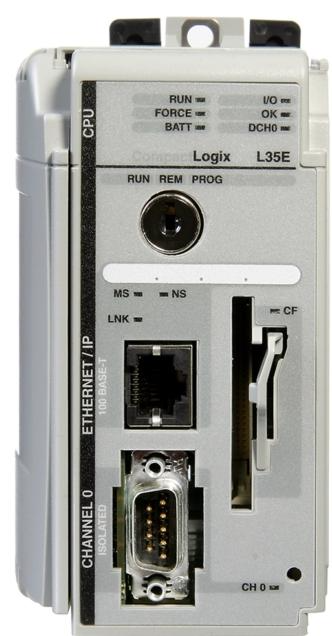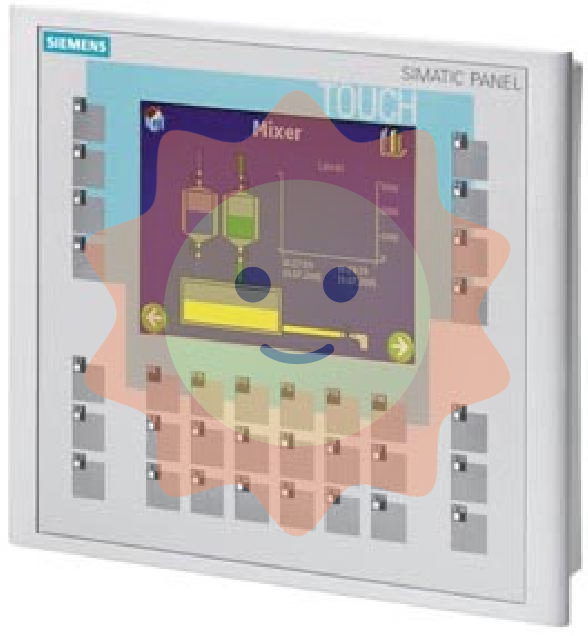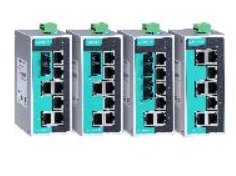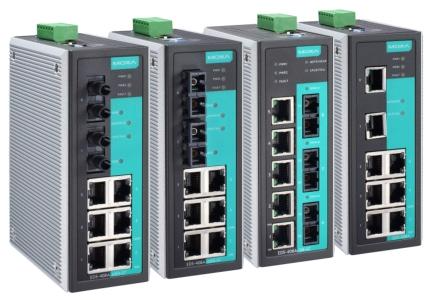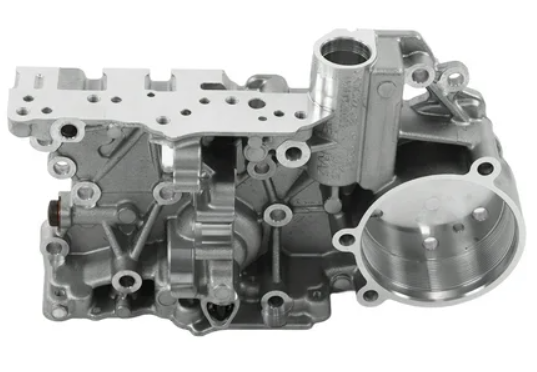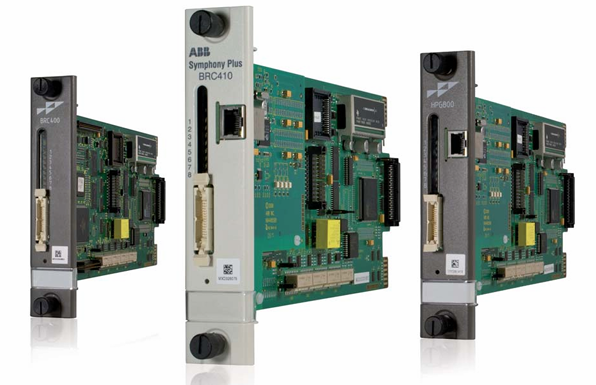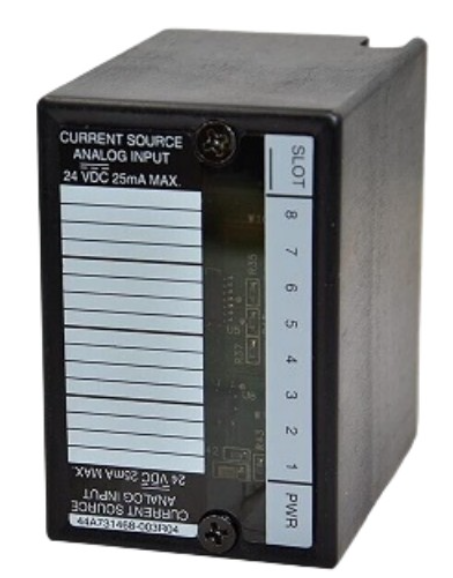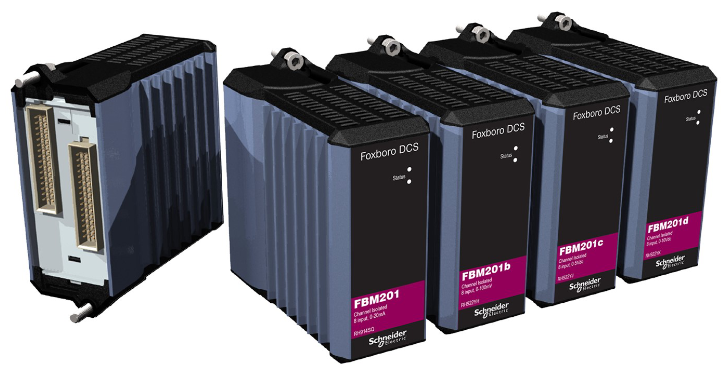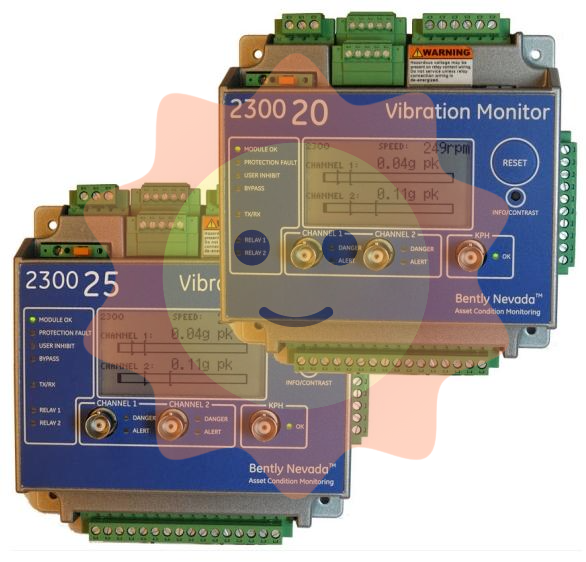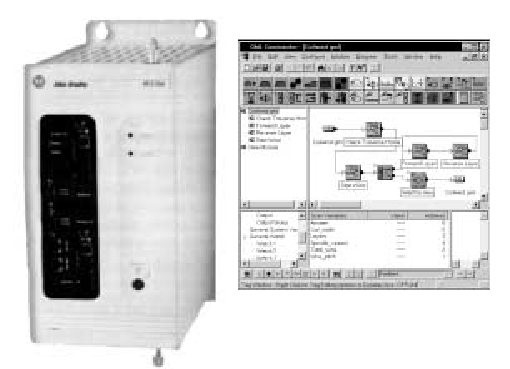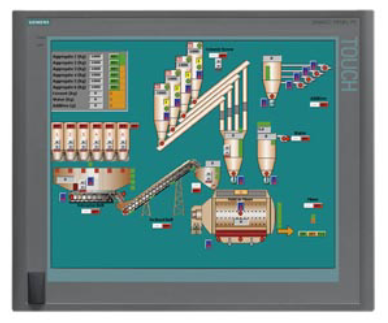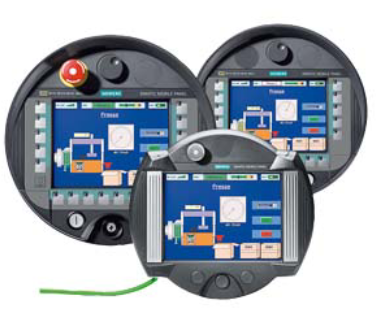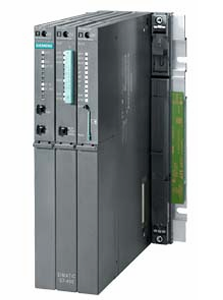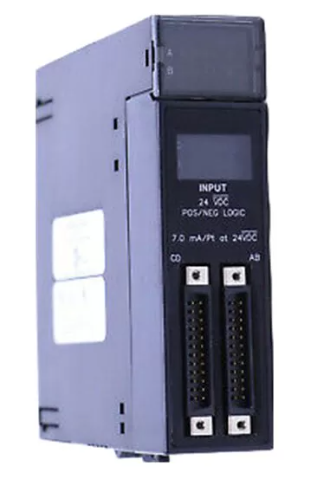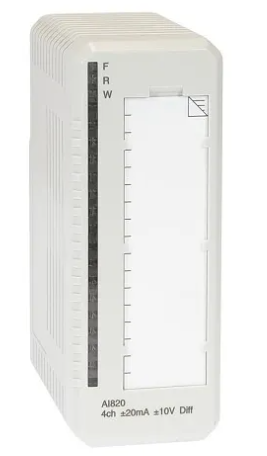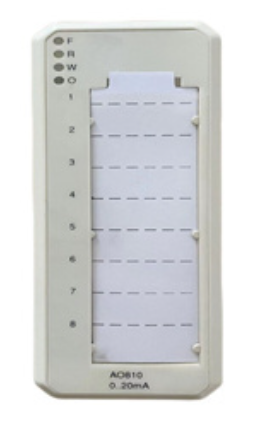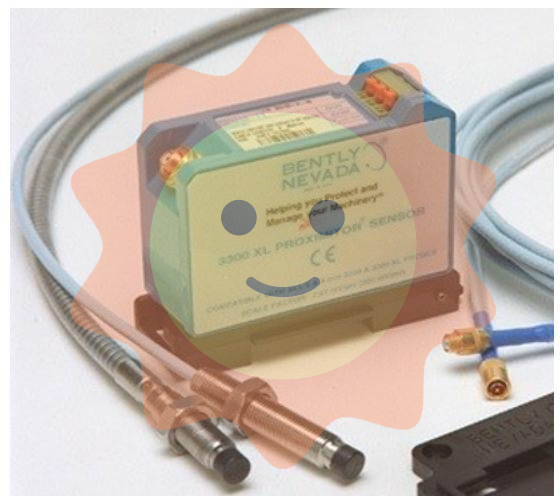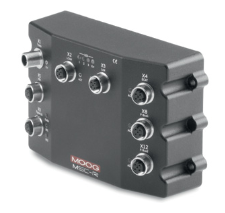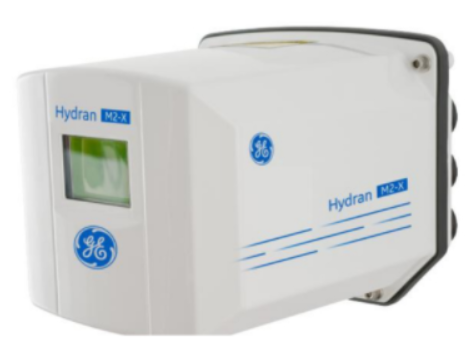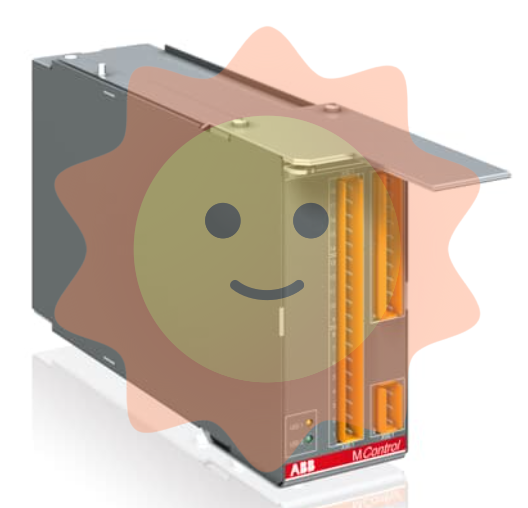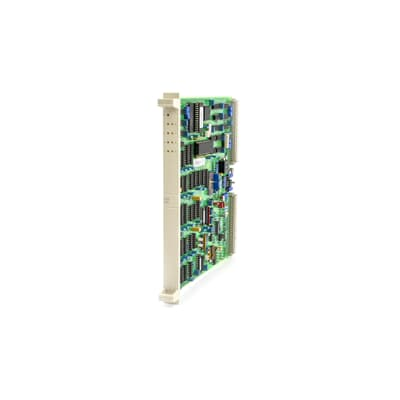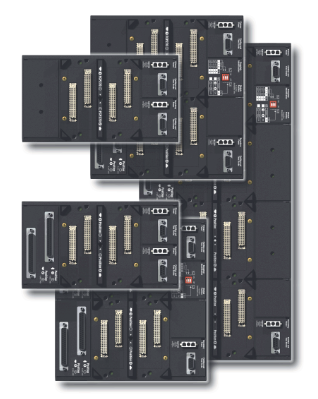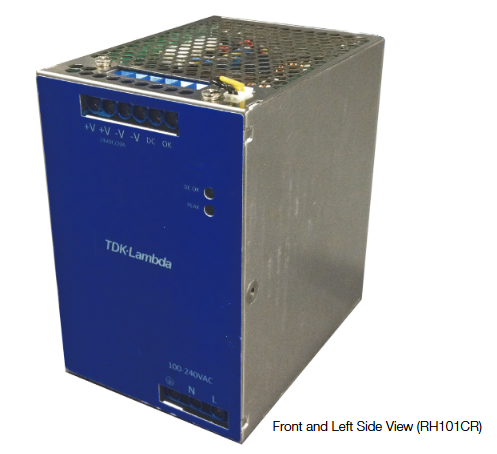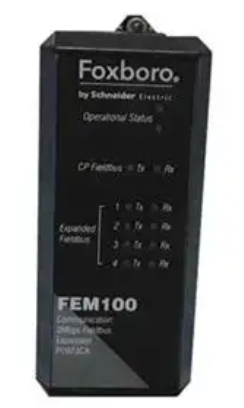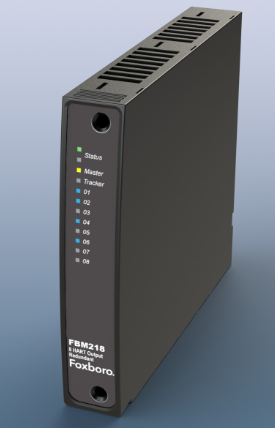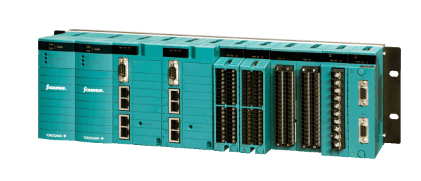ABB NKTM01-4.5 4.5m Ribbon Cable
Basic Physical Characteristics
Length and Appearance: This is a ribbon cable with a length of 4.5 metres. Ribbon cables are usually flat in shape and relatively narrow in width, and may have the appearance of regular stripes or colour markings to make it easier to distinguish between different signal lines. The outer jacket material of the cable is usually flexible to facilitate wiring and connections between devices and may be black, grey or other common industrial colours.
Marking: The cables usually have a clear model number ‘NKTM01 - 4.5’ printed on the surface as well as other relevant specifications, brands and other information, which helps to identify them accurately during installation and maintenance.
Electrical Performance Characteristics
Types of signal transmission: It is mainly used to transmit a variety of signals, including digital and analogue signals. For digital signals, it can accurately transmit discrete digital information such as switching signals, which can be used for equipment status monitoring, such as the switching on or off status of equipment. For analogue signals, it can transmit continuously changing physical quantity signals collected by sensors, such as temperature, pressure and other sensor signals, to ensure that the control system can obtain accurate field data.
Signal transmission rate and stability: It has a signal transmission rate that meets the needs of industrial applications. In industrial automation systems, fast and accurate signal transmission is crucial, and this cable ensures timely and stable transmission of signals over a transmission distance of 4.5 metres, reducing signal delays and errors. At the same time, it has a low signal attenuation rate, which ensures the integrity of the signal, even at longer transmission distances, and effectively reduces problems such as signal distortion or error codes caused by signal attenuation, ensuring reliable operation of the system.
Rated voltage and electrical compatibility: Generally, the rated voltage will be designed to adapt to the common voltage range in industrial sites, for example, about 300V, so that the signal can be transmitted stably under the normal working voltage, and there will not be any abnormalities in signal transmission due to voltage fluctuations. Moreover, it has good electrical compatibility with ABB related equipment (e.g. supporting modules, etc.), ensuring that it can work properly when connected to specific ABB equipment (e.g. I/O modules, etc.).
Mechanical features
Flexibility and ease of installation: Because it is a ribbon cable, it has good flexibility, enabling flexible wiring in complex industrial environments. It can be easily bent and twisted to adapt to the connection paths between different devices, such as wiring in control cabinets or in tight spaces between devices. This flexibility also makes it easier during installation, reducing the difficulty and time cost of installation.
Abrasion and tensile resistance: The outer jacket material has a certain resistance to abrasion, which can resist the mechanical friction that may be encountered in industrial environments, such as the friction between the cable and the edges of the equipment, the wire channel, etc. At the same time, it also has a certain degree of tensile strength, when subjected to a certain degree of external tension will not be easily damaged, to ensure the stability of the connection in the installation and use of the process, so as to protect the continuity of signal transmission.
Application Fields
Industrial automated production lines: widely used in automated production lines in automotive manufacturing, machining, electronic equipment production and other industries. For example, I/O modules used to connect various sensors (e.g. position sensors, speed sensors, etc.) and actuators (e.g. motor drives, cylinder controllers, etc.) in the production line with the control system, to realise automated control and status monitoring of the production equipment, and to ensure the efficient operation of the production line.
Process industry: In the process industry such as chemical, petrochemical, electric power, etc., it is used to connect field instruments (such as temperature transmitters, pressure transmitters, etc.) in the process control system and terminal devices (such as I/O modules of PLC, etc.) in the control room to achieve real-time monitoring and precise control of the production process and to guarantee the safety and stability of production.
Intelligent Building Automation System: Sensors (e.g. light sensors, temperature sensors, etc.) and actuators (e.g. lighting controllers, air-conditioning controllers, etc.) in the building control system can be connected with the control system to realise centralised control and automated management of various equipment in the building, and to improve the energy utilisation efficiency and comfort of the building.

- User name Member Level Quantity Specification Purchase Date
- Satisfaction :
-









Email:wang@kongjiangauto.com









